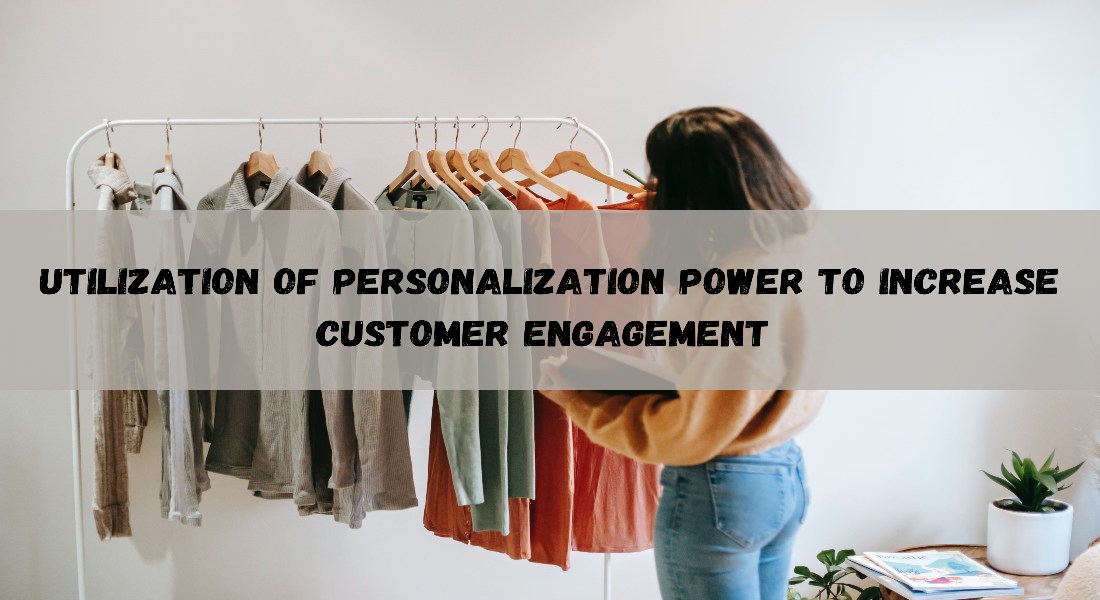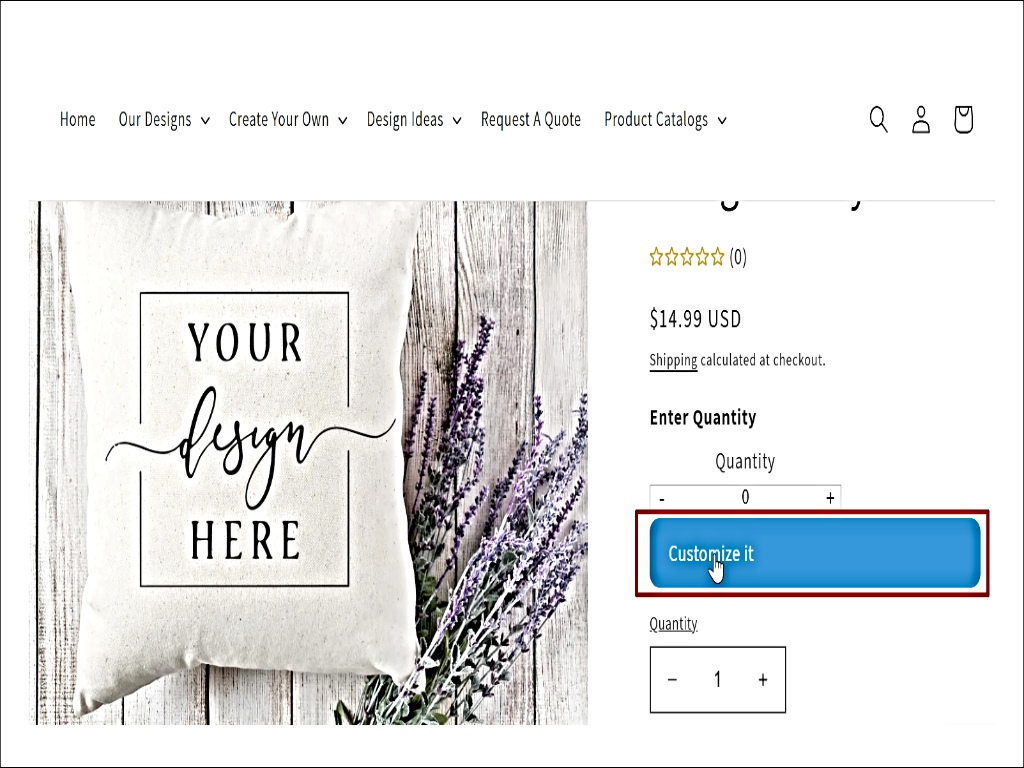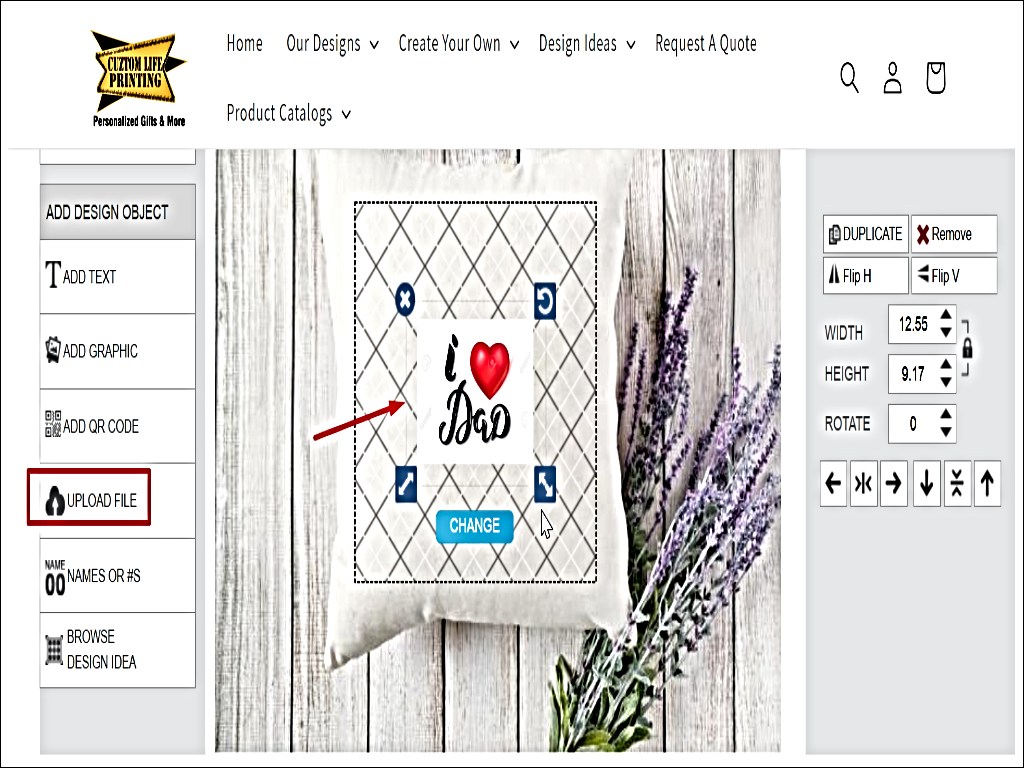
Many businesses in the fields of marketing and technology now promote personalization as the solution to the traditional explanation of customer retention. Customer engagement is critical if one brand or business tries to make a long-lasting impression in the competitive market of eCommerce. In this case, a personalized service can help that business a lot.
According to Instapage, 52% of consumers avoid a generic email. And 72% of customers will only respond to targeted communications. In addition, 90% of shoppers are okay with giving over their information in exchange for special deals on items they’re considering buying.
A majority of eCommerce business persons understand the positive aspects of offering. However, we are still here to explain how a business can utilize personalization power to increase customer engagement and loyalty.
Effects of Personalization on Consumer Engagement and Loyalty
Customer loyalty and engagement can be impacted significantly by personalized experiences. By meeting the specific needs of each customer’s situation and interests, businesses can make them repetitive. Buyers are more likely to be invested in companies that make them feel special through personalization.
Furthermore, word-of-mouth advertising increases When satisfied customers tell their friends and family about their positive experiences. Through meaningful interactions, businesses may win the loyalty and trust of their customers.
MarTech Alliance reports that 82% of marketers utilize WOMM to increase brand recognition, whereas just 43% anticipate a positive impact on direct sales due to WOMM. 13% of all sales can be attributed to word of mouth, which produces $6 trillion in yearly global expenditure.
Financial gains for companies could be another benefit of personalization. According to Epsilon, tailored emails’ open, click-through, and conversion rates are significantly greater than non-personalized emails. The income and return on investment of businesses that personalize customer interactions rise.
A company can offer personalization services in different ways. Now, we will explore those.
Easy Ways to Personalize The Experience of Different Customers
- Collecting Customer Data
- Segmentation of Customers
- Editing Content and Changing Offers from Time to Time
- Offering A Product Personalizer to Customers
- Treat Your Top Customers With Royalty
- Create a Cross-Channel Strategy
Way 1- Collecting Customer Data
Data must be segmented to customize client interactions in an eCommerce business. Purchases, user behaviors, demographics, and reviews must be collected. Companies can better serve customers by analyzing buying habits. Online purchases show when, how much, and what consumers buy.
POS systems let brick-and-mortar stores track in-person and online sales. You need Google Analytics site monitoring to understand your customers’ online behavior. Analytics show which sites are popular, how long users spend on them, and what items and services they like.
User interests can be noticed via heatmaps and click monitoring. Customers’ opinions and feedback can be collected from opinion polls and surveys. Websites, surveys, and social media provide excellent avenues for businesses to gather client information for more precise marketing campaigns.
When you will gather all the essential information of your current customer and prospect, then it will become easiest to take a personalized step.
Way 2- Segmentation of Customers
Providing an experience that is customized requires customer segmentation. You must classify clients by habits or traits after gathering pertinent information. Companies can personalize their messaging to each client group and provide a relevant experience by splitting them into groups.
- Demographic segmentation includes age, gender, and income. This core knowledge helps understand client lives, demands, and preferences. It’s vital to modify marketing to specific age groups. Because there is a possibility that a product will appeal more to younger consumers than older ones.
- Geographic segmentation considers cultural and geographical factors affecting customer behavior. Tailoring communications to customers’ location-based demands and interests increases engagement. Winter clothing marketing may work better in colder climates.
Purchase habits show customer loyalty and involvement. Regular and occasional consumers may receive distinct loyalty and reward programs. Businesses can strengthen customer connections by recognizing and resolving these inconsistencies.
Segmentation considers hobbies, interests, and shopping behaviors. Companies can reach clients via email, social media, and in-app notifications. A clothes store promotes things differently to weekend warriors and businesspeople.
Way 3- Editing Content and Changing Offers from Time to Time
Customizing information and marketing for specific customers or specialized markets is key to a personalized customer experience. Messaging and rewards must be personalized to each client category to achieve this. Businesses can boost customer and brand loyalty this way.
In this case, Email personalization also works. Private messages between two people. Companies may tailor their messaging and offer more appealing products and services by tracking customers’ preferences and purchases. An email promoting new products or exceptional prices may appeal to a buyer who has shown interest in a category.
Past online behavior is used to enhance personalization. Tracking what customers click on or put in their shopping carts might help businesses make more informed suggestions.
For example, A sports shoe shopper may change their mind if they see similar products or accessories. In such a moment as a custom saler your. sales could be boosted by offering different customized offers based on customers’ tastes and buying habits. Sometimes special price on a different product can work like a charm.
These communications need to address the specific concerns of each demographic of consumers. Try to appeal to the tastes of your target audience using the words, images, and other elements you choose. Eco-friendly product marketing could reach a new demographic of shoppers.
Way 4- Offering A Product Personalizer to Customers
A product customizer is a game-changer for the consumer experience. This revolutionary idea lets customers customize their purchases. Companies may substantially improve user interaction with their products using this technology, increasing customer satisfaction and loyalty.
Unique customization choices are one of product personalizers’ finest advantages. Choose color, size, material, and engraving/personalization. Customization makes customers feel more invested in a product they helped design.
Additionally, product customizers boost brand loyalty. Participating in product creation inspires client loyalty. After such an emotional investment, customers are more inclined to share their creative ideas and pleasant experiences, increasing brand loyalty and advocacy. For instance, if you want to expand your customization business to a platform like Shopify, different product personalizer options are available that allow customers to design their products.
Let’s have a look at how they work-

Let’s see how it works.

Here, a storeowner sells customized pillows, where customers can add text, graphics, names or numbers and upload files. All of these features become available with a product personalizer for eCommerce. To know more read this regarding product personalization.
Way 5- Treat Your Top Customers With Royalty
Communicate your gratitude to your most loyal consumers. One strategy is to reward loyal customers with extra savings or freebies. You can also show appreciation for your most loyal clients by giving them advance notice of new offerings.
Customers may be kept satisfied and invested in your business by offering them perks. You may show your customers how much you value them and how much you appreciate their business by acknowledging the fact that they have made repeat purchases from you or have been loyal to your brand for many years.
Way 6- Create a Cross-Channel Strategy
When it comes to customer service, there is no such thing as a “one size fits all.” This also applies to the methods of contact that businesses use. Customers today expect to be able to purchase and use your goods and services across various channels. Keep the client experience uniform and make it simple for them to do so.
Customers appreciate not having to repeat themselves or start the customer service process over and over again for the same issue when they can access a single profile or customer hub, regardless of the channel they are using.
90%of consumers use multiple apps simultaneously. You should have a cross-channel marketing automation tool if you are concerned about abandoned carts and inactive users.
For example, Click-through rates can be improved with as little as replacing “Hello” with the recipient’s first name in an email. Customers like it when they feel their opinions matter. However, marketers can only provide individualized services if they have the resources. Personalization might be complex if there needs to be more accurate and complete information to work with. Insightful user behavior mapping is possible with a cross-channel marketing solution.
Bottom Line
Businesses can gain more customer engagement and loyalty by using personalization. Businesses may strengthen their relationships with clients and increase the likelihood that they will return if they provide a more tailored and pertinent experience for each customer.


